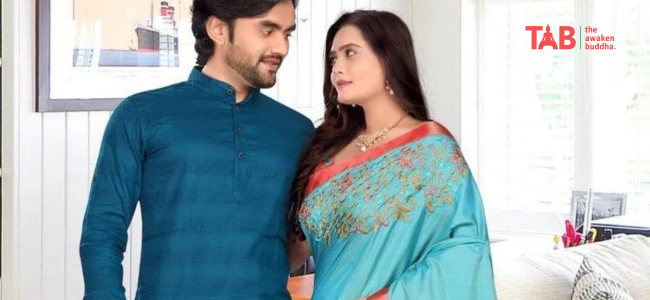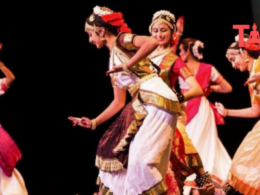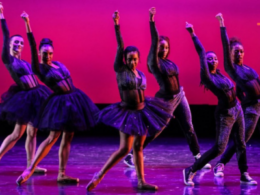India is a land of diversity with a rich cultural heritage. The country boasts a wide range of traditional attire that reflects its varied cultural heritage. Traditional Indian attire combines different styles, designs, and colors. This article will explore some popular traditional Indian attire, such as saree, kurta, dhoti, and more.
Introduction
Traditional Indian attire has been an integral part of Indian culture for centuries. It reflects cultural and social values and serves as an identity for various communities. The attire has evolved, incorporating new designs and styles while retaining its traditional essence.
Saree
The saree is a traditional Indian attire worn by women for centuries. It is a long fabric draped around the body in various styles. The saree comes in silk, cotton, georgette, chiffon, and more fabrics. Each region of India has its unique style of draping the saree.
Types of Sarees
1. Banarasi Saree
2. Kanjeevaram Saree
3. Chanderi Saree
4. Patola Saree
5. Bandhani Saree
Kurta
The kurta is a traditional Indian attire worn by both men and women. It is a long shirt that extends below the knee. The kurta comes in various fabrics, such as cotton, silk, and linen. It is usually paired with a loose-fitting pajama or churidar.
Types of Kurtas
1. Pathani Kurta
2. Anarkali Kurta
3. Lucknowi Kurta
4. Punjabi Kurta
5. Indo-Western Kurta
Dhoti
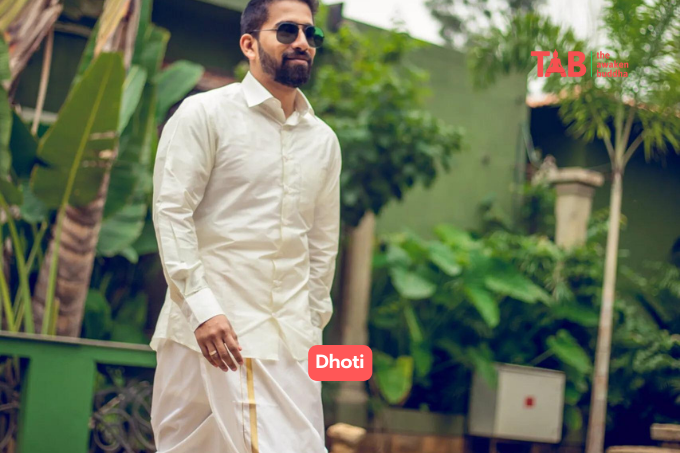
The dhoti is a traditional Indian attire that men wear. It is an extended portion of cloth that is wrapped around the waist and legs. The dhoti comes in various fabrics, such as cotton, silk, and linen.
Types of Dhotis
1. Bengali Dhoti
2. Mundu Dhoti
3. Panche Dhoti
4. Veshti Dhoti
5. Mysore Silk Dhoti
Salwar Kameez
The salwar kameez is a traditional Indian attire that women wear. It consists of a long shirt called the kameez and loose-fitting pants called the salwar. The salwar kameez comes in various fabrics such as cotton, silk, and georgette.
Types of Salwar Kameez
1. Punjabi Salwar Kameez
2. Anarkali Salwar Kameez
3. Churidar Salwar Kameez
4. Palazzo Salwar Kameez
5. Pakistani Salwar Kameez
Sherwani
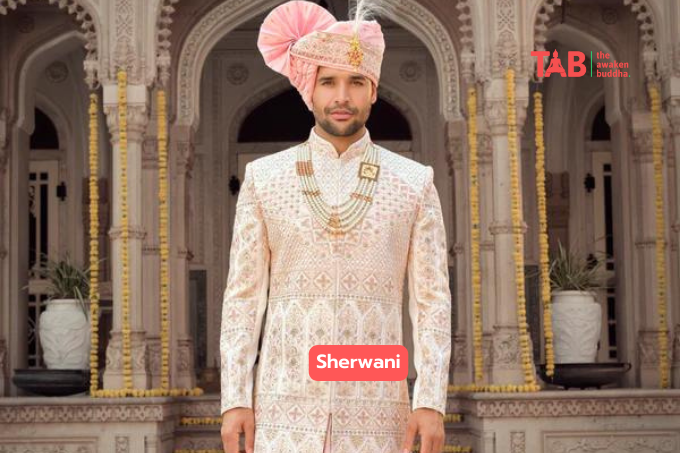
The sherwani is a traditional Indian attire worn by men on special events such as weddings and festivals. It is a long coat-like garment that extends below the knee. The sherwani comes in various fabrics, such as silk, velvet, and brocade.
Types of Sherwanis
1. Jodhpuri Sherwani
2. Achkan Sherwani
3. Indo-Western Sherwani
4. Designer Sherwani
5. Pakistani Sherwani
Conclusion
The traditional Indian attire is an embodiment of the rich cultural heritage of India. It is a fusion of different evolved styles, designs, and colors. The attire reflects cultural and social values and serves as a means of self-expression and identity for various communities. From sarees and kurtas to dhotis and salwar kameez, the traditional Indian attire symbolizes India’s diversity and cultural richness.
In recent years, traditional Indian attire has gained popularity not just in India but all around the world. Fashion designers are now incorporating traditional Indian elements into their designs, creating a fusion of modern and traditional styles. This has led to the emergence of new styles and designs that cater to the needs of the modern generation.
Besides its cultural significance, traditional Indian attire is also known for its comfort and versatility. The fabrics used in traditional Indian attire are breathable and lightweight, making them suitable for the hot and humid Indian climate. Additionally, the various styles and designs of the attire make it suitable for different occasions, from weddings and festivals to everyday wear.
In conclusion, the traditional Indian attire reflects India’s diverse cultural heritage. The attire has evolved from sarees and kurtas to dhotis and salwar kameez while retaining its traditional essence. Its popularity has spread beyond India’s borders, inspiring new styles and designs that fuse traditional elements with modern sensibilities.
FAQs
1. What is the significance of the saree in Indian culture?
The saree is integral to Indian culture and symbolizes tradition and elegance. Women wear it on various occasions, such as weddings and festivals.
2. What is the contrast between a kurta and a sherwani?
A kurta is a long shirt that extends below the knee and is worn with loose-fitting pants called pajamas or churidar. On the other writing, a sherwani is a long coat-like garment that extends below the knee and is worn on special occasions.
3. What is the origin of the dhoti?
The dhoti has been a part of Indian attire for centuries and has been mentioned in ancient texts like the Vedas and the Mahabharata.
4. Can women wear a sherwani?
While men traditionally wear sherwanis, many designers have also started creating sherwanis for women.
5. What is the significance of the salwar kameez?
The salwar kameez is a popular attire among females in India and is known for its comfort and versatility. It is worn on various occasions, from weddings and festivals to everyday wear.






